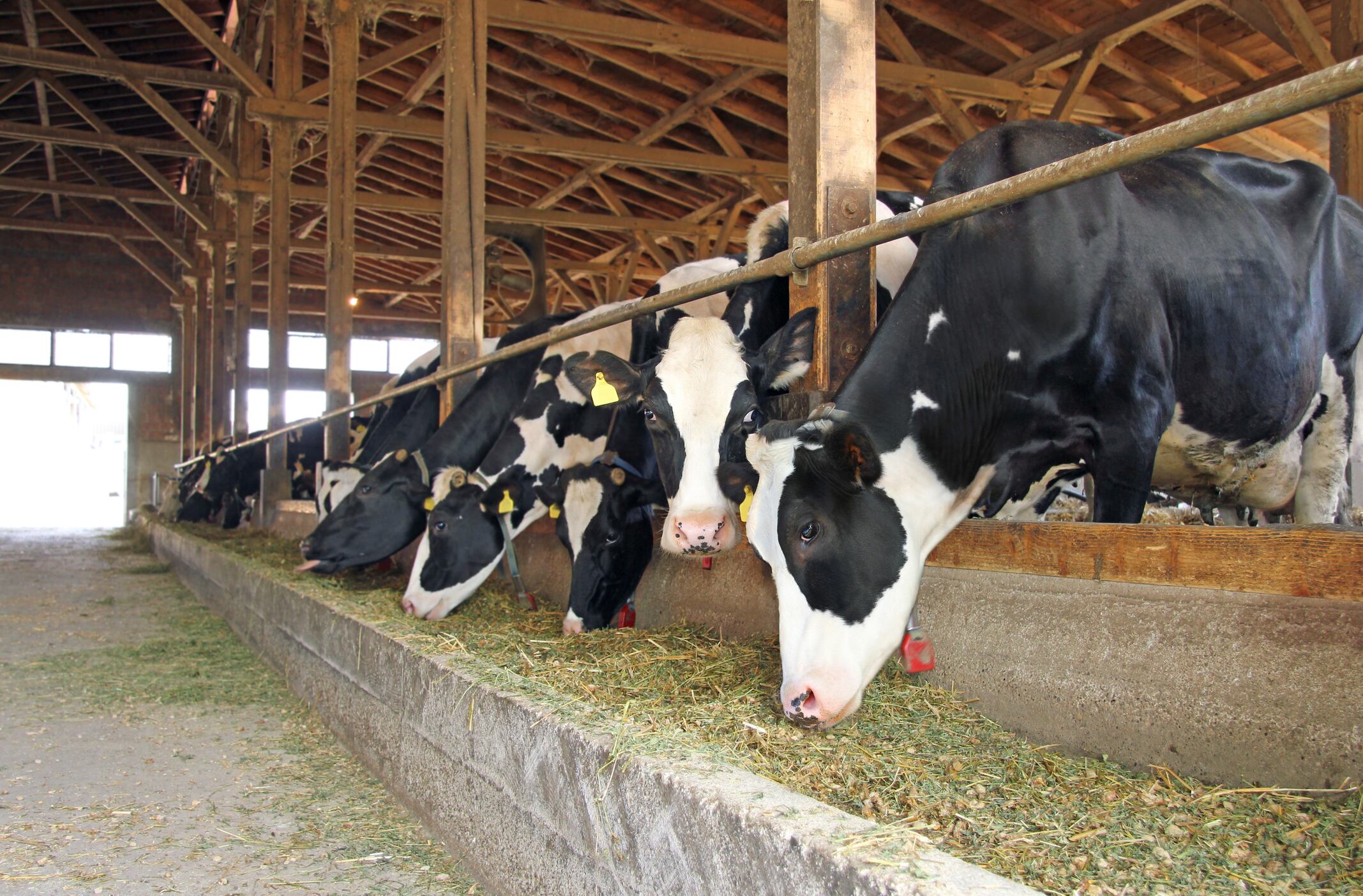Digital dermatitis, a common cause of lameness in dairy cattle, is a major welfare issue for the industry.
A single case of lameness can cost between $90 to $300, according to University of Wisconsin-Madison research; which puts the cost to more than $5,400 for a 300-cow farm with a 20% disease incidence rate.
Digital dermatitis also impacts milk production due reduced feed intake, with various studies estimating milk yield may slip from between 439lb to 1,266lb depending on the type of lesion.
In a bid to detect digital dermatitis (DD) as early as possible, the industry has explored methods such as thermal imaging and sensor-based precision technologies – but while effective as monitoring tools, neither have been highly reliable for diagnostics and prevention.
However, using AI techniques such as computer vision to analyze data may substantially improve detection rates - and even predict a disease episode - a first of its kind study published in Science Reports has found.
What is computer vision?
Computer vision is a strand of AI whereby computers are trained to interpret visual information, such as images or videos, in order to make recommendations.
In the study, an international research cohort from Israel, Romania and the US put together a dataset of visual and statistical information collected from 17 infected and 21 healthy cows by leveraging thermal imaging and sensor data.
The thermal images were used to investigate computer vision techniques, with the researchers ending up with 463 images of the feet of healthy cows and 106 of such that had been visually diagnosed with an infection.
Two classification models were then set up – one that relied on a single thermal image to get the computer to identify the disease; and a second, where images taken on two consecutive days were used to predict a disease episode. The models also included temperature data and statistical color features, to help enhance detection and prediction rates.
“Our models achieved performances of above 81% accuracy on DD detection on ‘day 0’ (first appearance of clinical signs), and above 70% accuracy prediction of DD two days prior to the first appearance of clinical signs,” the authors concluded.
“If validated under commercial systems, our approach could help farmers improve their DD management practices, in order to better diagnose DD and apply more rapid treatments on their farms.
“Our results are encouraging and of importance, especially when it comes to DD prediction. These results could translate in veterinary care before the first DD clinical signs appear, improving animal wellbeing and reducing the negative effects that a DD episode has on lactation and reproductive performance.
“Furthermore, this approach might also be used to quantify the effectiveness of early applied treatment, throughout tracking recovery and recurrence of cases (…).”
To overcome the study’s main limitation – the small sample size of infected cattle – the academic team are planning to further their research by including a higher number of farms with different barn and floor designs and see how their AI models would fare under more diverse environments.
Sources:
Feighelstein, M., Mishael, A., Malka, T. et al. AI-based prediction and detection of early-onset of digital dermatitis in dairy cows using infrared thermography. Sci Rep 14, 29849 (2024). DOI: 10.1038/s41598-024-80902-4
Economics of Dairy Cattle Hoof Health; Ronk, E., Bjurstrom, A. Accessed December 3, 2024 https://dairy.extension.wisc.edu/articles/economics-of-dairy-cattle-hoof-health

